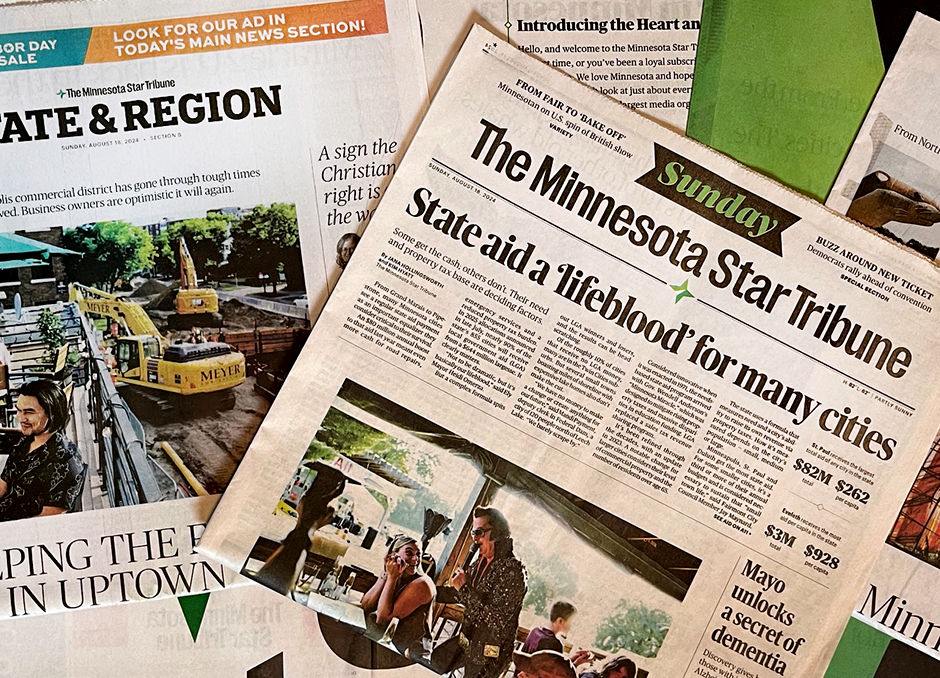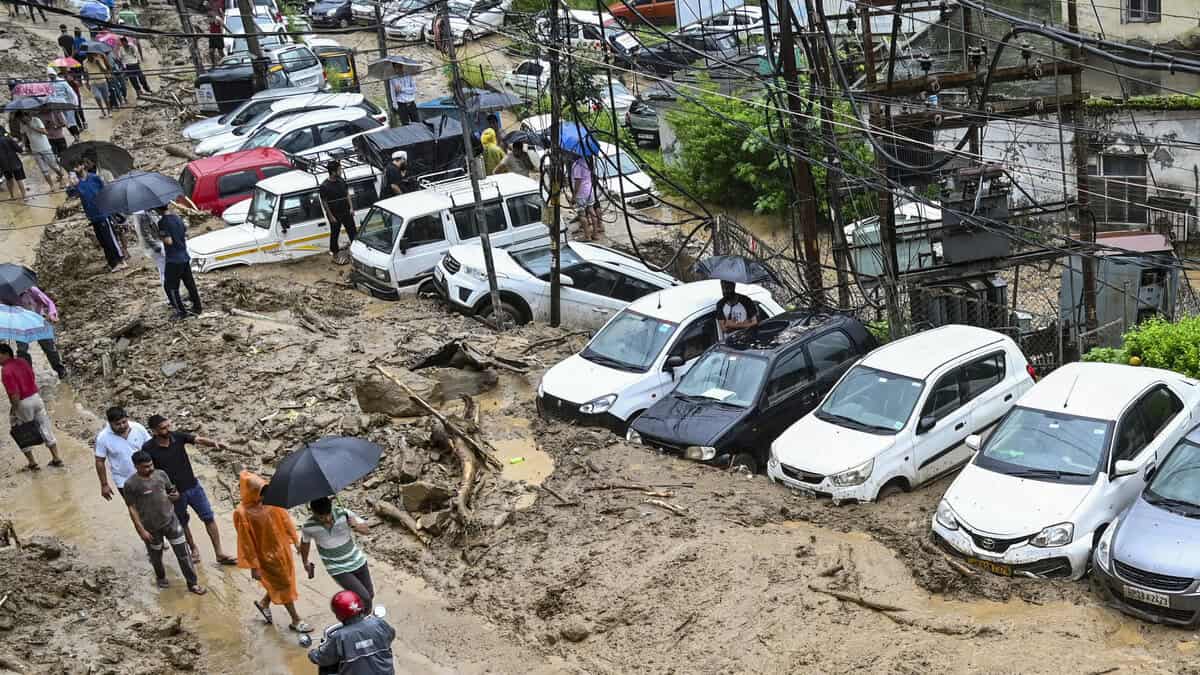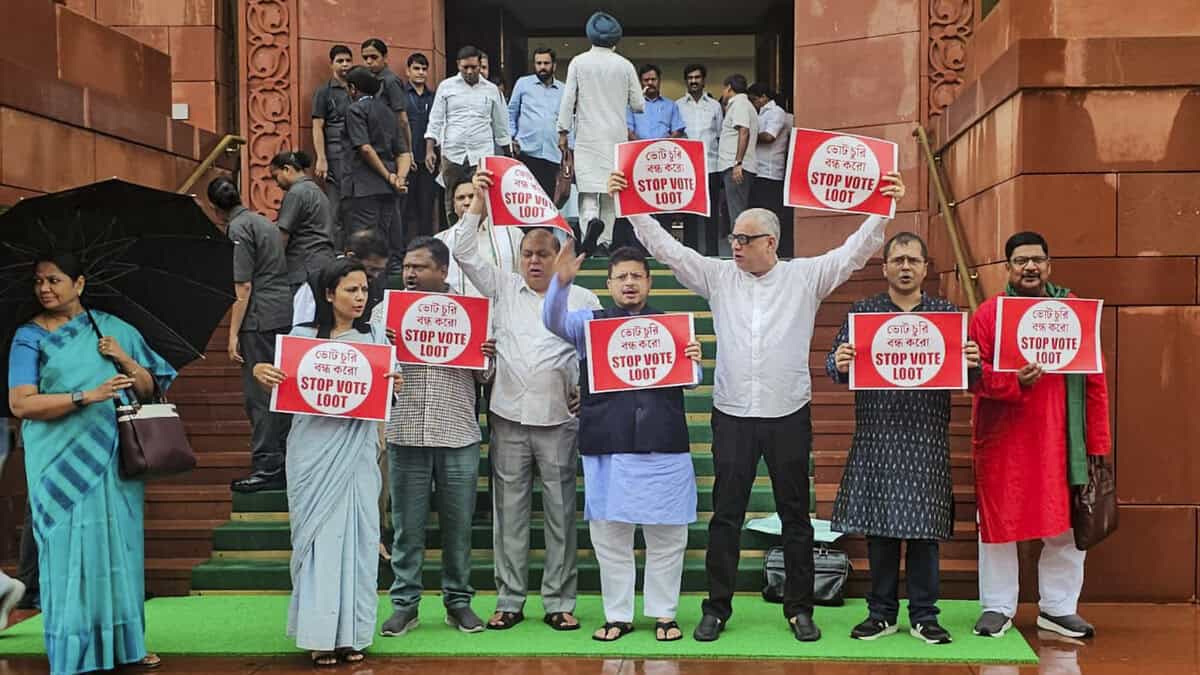Even though we have this proven and available technology, there is no official news that GPR is being used in the Dharmasthala case.
Dharmasthala case:The latest events in Dharmasthala have shocked people across the country. This temple town in Karnataka is famous for the sacred Manjunatha Temple and the peaceful Netravathi River. But now, it is in the news for a disturbing reason. A former worker has claimed that hundreds of bodies—mainly of women and girls who may have been raped or murdered—were secretly buried over many years near the temple area. The Special Investigation Team (SIT) has started digging based on the maps and directions given by the whistleblower. However, the land near the river is full of mud, rocks, and uneven ground. This makes digging slow, difficult, and not very successful. As recent reports show, even the first site they dug at did not find anything, proving how limited and unreliable this manual method is.
This is where modern technology like Ground Penetrating Radar (GPR) can make a big difference. GPR is a non-destructive method that uses radar signals to look under the ground. A GPR system includes a control unit, antennas to send and receive signals, a power supply, and a screen to show the results. It works by sending high-frequency electromagnetic (EM) waves into the soil. These waves bounce back when they hit something buried, like bones, disturbed soil, or empty spaces. The system notes how long the signal takes to return and how strong it is, creating an image of what’s under the surface.
Choosing the right GPR frequency is very important. Lower frequencies (like 50 to 200 MHz) can go deeper—up to 10 to 15 metres if the ground is good—but they show less detail. Higher frequencies (like 400 MHz to 1.5 GHz) show clearer and smaller objects, but only from shallow depths—maybe up to 1 metre. For investigations like this, where bodies may be buried at different depths, it is best to use a mix of frequencies or special antennas that stay close to the ground. These give better signals and are not disturbed by outside noise. This way, experts can look for both deep and shallow signs of burial.
The soil near the Netravathi River is a mix of sand, clay, and silt—this is called alluvial soil. Because of heavy rains in that area, the ground stays wet and has rocks like hornblende and clay like kaolinite. Wet or clay-filled soils can weaken the GPR signals and reduce how deep they go. But GPR can still detect changes in the ground’s electrical properties and water levels. When a body is buried, it disturbs the natural soil layers. As the body decays, it creates empty spaces or changes in moisture and density. These are seen as clear signals or curved patterns on the GPR image. If the survey is done during dry weather and by trained experts, GPR can work well even in difficult soil like this. It gives a more complete and faster picture than digging by hand.
Some people may think that this technology is too expensive. But actually, it is quite affordable for the government and investigation teams. A basic GPR machine costs around ₹10 to ₹15 lakh. More advanced ones can go up to ₹50 lakh. Renting a GPR machine costs between ₹30,000 and ₹1.5 lakh per month. In some cases, full project-based services are also available—either for ₹10 per square metre or up to ₹3.5 lakh a month. Training someone to use the machine may cost another ₹50,000 to ₹1 lakh. Compared to the cost of long manual digging, and the risk of missing important clues, GPR is cheaper, quicker, and gives better results.
India does not have to depend on other countries for this equipment. We have companies that make and supply GPR machines here. For example, Mistral Solutions in Bengaluru has worked with DRDO to build handheld GPR machines. Aimil Ltd in Delhi provides GPR equipment in partnership with global brands. There are also trusted suppliers in cities like Hyderabad, Ghaziabad, and Chennai. These companies supply machines, offer support, and help with training. Their GPR systems are already used in archaeology, engineering, and forensic work across India. So, we already have the technology and trained people right here.
India has used GPR successfully in many past projects. In Uttar Pradesh, ancient sites like Ahichhatra and Kaushambi were scanned using GPR. Later digging confirmed the presence of old buildings that GPR had found. In Andhra Pradesh, at a place called Motravulapadu, GPR helped scientists find fossils and bones buried deep in the ground. GPR has also helped map underground rock layers and old river paths in states like Gujarat. These real examples clearly show that GPR works well in different types of Indian soil—whether dry, wet, or full of rocks. It is a trusted tool for looking below the surface without digging.
Even though we have this proven and available technology, there is no official news that GPR is being used in Dharmasthala. Reports say the SIT is still depending only on maps given by the whistleblower and digging manually. But this is slow, uncertain, and can miss buried bodies—especially in areas near rivers, where the land is complex and full of stones and trees. The fact that the first dig found nothing shows that it’s time for a better method.
Dharmasthala is a sacred and sensitive place, so the investigation must be done with care, respect, and precision. GPR offers a way to find the truth without damaging the land. It is modern, scientific, and cost-effective. If the SIT uses this technology, they can save time, protect the area, and make sure no burial site is left unseen. The Netravathi River has always stood for life and purity. It should not become a place where dark secrets remain buried. We must act quickly and responsibly. The truth must come out—and Ground Penetrating Radar can help us make that happen.
(The author, Girish Linganna, is an award-winning science communicator and a Defence, Aerospace & Geopolitical Analyst. He is also the Managing Director of ADD Engineering Components India Pvt. Ltd., a subsidiary of ADD Engineering GmbH, Germany. Contact: girishlinganna@gmail.com)

















































